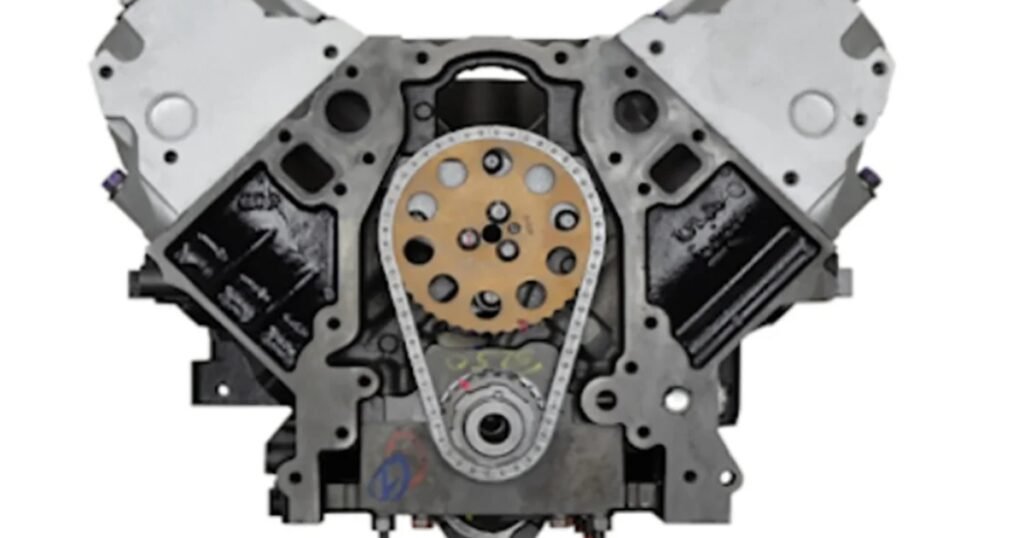Utility systems such as electricity, water, gas, and telecommunications receive a major upgrade. Roll Cage Technology, which began in security cars for safety, now helps these systems to last strong and long. When we mix roll cage design with strong materials such as fiberglass and carbon fiber rods, we get a new way to build things that are both hard and light.
This new design idea changes how we build and protect tool structures. In this blog, you will learn how the use of fiberglass and carbon fiber rods in roll cage-style frames helps to do better work in utility systems. We will also see the use of real life, great benefits, and how it can improve the future infrastructure.
Understanding the Utility Industry’s Structural Needs
The utility industry requires strong materials that do not use electricity, do not rust, and remain strong in difficult weather. Steel and aluminum are common, but they have problems – they can rust, require electricity, and are very heavy. This is why several companies are now using fiberglass and carbon fiber rods. These materials solve these problems. They are light, strong, rust-resistant, and do not require electricity. Therefore, they work much better for modern tool systems.
Why Use Fiberglass and Carbon Fiber Rods?
Fiberglass and carbon fiber rods are types of fiber-reinforced polymers (FRPs). They are perfect for strong and reliable structures in the utility industry.
Fiberglass Rods
- They do not operate electricity, so they are safe to use around the power lines.
- They are very strong and cope with too much stress.
- They are against chemicals, water, and sunlight.
- They use fewer materials than many other general materials.
Carbon Fiber Rods
- They are stronger and lighter than steel.
- They have high power-to-war conditions.
- They do not carry easily and last long.
- Companies use them for heavy and load-bearing jobs.
These materials provide better performance and safety, making them a smart tool for tool projects.
How Roll Cage Designs Help in Utilities
Roll cage structures are designed to absorb strong impacts and prevent collapse. These features are very useful in racing, and now companies use the same idea for the safety and support of their systems.
1. Power Line Support Structures
Utility poles and crossarms with an open fiberglass or roll cage style frame have been used for a long time and are strengthened against strong winds and earthquakes.
2. Underground Cable Management
The condensation of the runway style is safe, with underground fiber optic, electric, and telecom cables. They protect cables from soil pressure, water, and damage.
3. Gas & Water Pipeline Protection
Support cages made of total rods are kept stable for pipelines in weak soil or earthquake areas. These cage pipes prevent the pipe from moving or bending without placing too much weight.
4. Transformer and Grid Protection
Strong roll cage design transformers and power grids help them to withstand hits and vibrations using FRP Rod, especially in outdoor areas.
These smart designs improve the safety of use systems, long and reduce the need for little maintenance.
Top Benefits for the Utility Industry
1. No Rust
Fiberglass and carbon fiber rods do not rust like steel. Therefore, they are great for outdoor and coastal areas.
2. Safe from Electricity
The fiberglass rods do not have power. This makes them safe for workers and helps prevent electric shocks.
3. Strong and Long-Lasting
Carbon fiber rods are stronger and lighter than steel. This means that users can use parts that are easy to handle, but are still very strong and long-lasting.
4. Handles any season
These materials work well under warm, cold, and wet conditions. They can resist heat, cold, and sunlight, so they can be perfect for external use.
5. Easy to customize
You can resize, size, and strength of the roller system made with these rods. This makes it easier to create what you want for different jobs and places.
These benefits help tool companies build safe, strong, and long-lasting systems.
Use Case: Roll Cage Structures in Remote Power Grids
In a recent project in a remote ground area, tool engineers used roller cage frames made with fiberglass and carbon fiber bars to hold power grids.
Why did they choose it:
- Strong winds made steel very risky
- This area was filled with moisture and necessary rust-proof material
- They needed light parts that could carry helicopters
Why did they choose it:
- Strong winds made steel very risky
- This area was filled with moisture and necessary rust-proof material
- They needed light parts that could carry helicopters
Result:
- Frames were strong in bad weather
- They cut the installation time by up to 40%
- The system is expected to run with little maintenance for 30 years
This smart option made the power grid safe, fast, and too difficult to build.
Effects on the environment and long-term viability
It is good for the environment to use fiberglass and carbon fibers, and it helps to build a clean and green environment. These materials last a long time and do not require much maintenance, saving money and natural resources. For example, classic car restoration services use mild, non-toxic substances to improve performance and make cars last longer; these compounds are also safe for the environment. Because they are mild, produce and produce low emissions as they move, which helps to reduce their general environmental effects.
New Trends and Future Uses
1. Smart Utility Grids
As smart networks grow, structures should have sensors, IoT units, and antennas. Cage-style frames made with composite materials can easily support these devices.
2. Disaster-Strong Buildings
Earthquakes, storms, or flood areas use the general role bursts to protect important systems such as water and electricity.
3. Better Materials with Nanotech
Scientists add small materials to carbon fiber bars to strengthen them against heat, stress, and shock. This helps them to do better work in using systems.
These new ideas make tool systems safe and strong for the future.
Final Thoughts
Using a roll cage design with fiberglass and carbon fiber bars changes the utility industry. These materials provide strong and safe structures that are light and better for the environment.
Today, the tools must update their system, work without interruption, and create a strong setup. Roll cage design with these rods helps with all this. They work well for underground cable and up-country support. Together, they make the use system safe, more efficient, and long-lasting.

